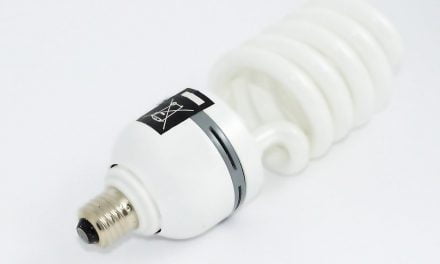It’s the first quarter of 2022 and home prices have never been higher. Record-low interest rates fueled buyer purchasing power in 2020-2021, enabling homebuyers to qualify for more and more mortgage principal. These low interest rates, along with buyer fear of missing out (FOMO) on competition for a dwindling inventory of homes for sale, have inflated home values to new heights.
But as interest rates begin to jump in 2022, homebuyers are beginning to pause and realize it might be time to slowdown. After all, buying at the top of the market is not ideal.
Here in California, home prices last peaked during the Millennium Boom cycle in 2006. Following the bust that began in 2006, it was a steep drop followed by a long, arduous climb back. Home values did not return to 2006 levels until 2018 — 12 years later.
Now, California home values are a whopping 40% above their prior peak (with slight variations for region and home price tier). At an annual rate, home prices are 18%-22% above a year earlier as of November 2021.
How much longer can the housing market support the huge annual increases experienced in 2021?
For a clue, look to interest rate movement — present and past.
Related article:
The 30-year interest rate cycle resumes
In previous interest rate cycles, rates rose for approximately thirty years before falling for another thirty years. For example, interest rates first peaked in 1921, falling into the late-1940s and rising and again to a peak in 1979. Interest rates then dropped until bottoming in 2012.
While the regularity of this pattern of 30-year passages should be considered coincidental (they very easily might have been forty years, or twenty), precedent establishes that bond market rate changes are much slower and more gradual than, say, changes in the stock market.
As we make our way through the current long-term rate cycle, firsttuesday expects another slow upward run in rates for 20-30 years from the bottom (2012), and then a reversal into rate declines as occurred following 1980. Of course, interest rates dropped even further into historic territory in 2020-2021, with the average 30-year fixed rate mortgage (FRM) rate hitting 2.6% in January 2021. But this dramatic dip was but a brief departure from the longer rising trend that has since resumed course in 2022.
As interest rates continue their upward march, buyers will experience a decrease in the amount they can pay for a home. Less money borrowed by homebuyers translates directly to lower prices received by sellers.
So, you bought at the top of the market…
As interest rates increase — and the amount buyers are able to pay decreases — home prices will decline.
Thus, buyers who purchase in 2022 are likely to experience the pitfalls of buying at the top of the market. After a decade of steadily rising home prices, much of the current generation of homebuyers has no idea what it’s like to be reined in by decreasing home values, or even home values limited to only inflation-level increases.
The biggest obstacle created by buying at the top of the market is negative equity. Mortgaged homeowners who purchase before a decrease in home values will soon find themselves owing more on their mortgage than their home is worth — especially when they chose a low down payment option. Negative equity means no selling, moving or financial cushion.
Agents peddling today’s high-priced homes may soon find themselves caught in the crosshairs of angry homebuyers who feel they have been escorted into a bad deal. How can real estate professionals counsel their homebuyer clients who still wish to buy, despite the signs pointing to decreased home values on the horizon?
The number one thing homebuyers need to understand is that — unlike recent years — homebuyers today will need to be willing to stay in their home for several years.
Agents can spin it thus: Home prices have increased very rapidly in the past two years, and this level of increase can’t be sustained. The home you buy today needs to be one you’re willing to invest some years in so you can gain equity before moving on. To make your investment worthwhile, you’ll need to really love and be committed to this home and this neighborhood for the next five-to-ten years.
Likewise, investors who have come to expect quick profits on the sale of property need to readjust their focus. Going forward, investors will need to look to monthly and annual earnings from rental income. Likewise, demanding a higher capitalization (cap) rate today will save them over the coming years of flat property values and rising interest rates.
The coming years of increasing interest rates and flat-to-down home prices will be an adjustment for everyone. But preparing your buyers clients today will save some major headaches down the line.


















